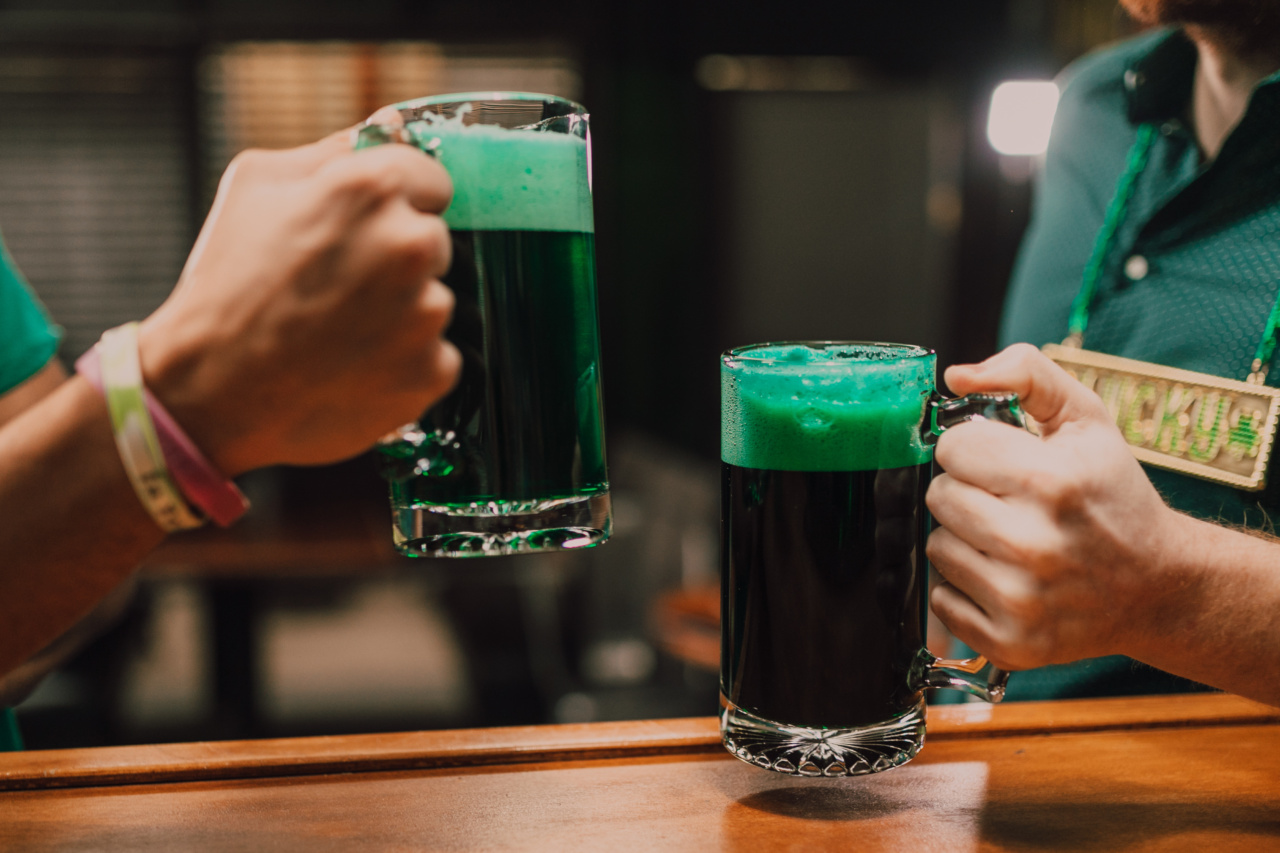Many beer drinkers have debated whether foam or no foam is better for digestion when consuming their favorite brew.
Some argue that a thick layer of foam on top of a beer can aid in digestion, while others believe that a beer without foam is easier on the stomach. In this article, we will delve into the science behind the foam and its impact on digestion and explore whether foam or no foam is better for beer lovers.
Understanding Beer Foam
Beer foam, also known as head, is created by carbon dioxide (CO2) gas produced during the fermentation process. It is a result of the interaction between CO2 and proteins present in the beer.
Foam not only adds aesthetic appeal to a beer but also enhances aroma, flavor, and mouthfeel.
The Role of Foam in Digestion
Proponents of foam argue that it plays a crucial role in the digestive process. When beer is consumed, the foam acts as a barrier between the beer and the stomach lining, preventing direct contact.
This can help protect the stomach from the potential negative effects of alcohol and other components present in beer. Additionally, the foam can help slow down the rate at which the beer is consumed, allowing for better digestion.
The Benefits of Foam
1. Protection: The foam can act as a protective buffer between the stomach and the acidic components of the beer, potentially reducing the risk of gastric irritation and heartburn.
2. Carbonation release: Foam contains a large amount of carbonation, which can aid in the release of carbon dioxide gas from the beer. This can help reduce bloating and discomfort associated with excessive gas accumulation in the stomach.
3. Enhanced flavor: Foam traps volatile aromatic compounds, releasing them gradually and enhancing the overall sensory experience of the beer.
The Downside of Foam
While foam may have its benefits, there are also some downsides to consider. Excessive foam can result in a smaller volume of beer available for consumption, potentially leaving beer lovers wanting more.
Additionally, some individuals may find the texture of foam unpleasant or may be allergic to certain proteins present in it.
Beer without Foam
Opponents of foam argue that beer without foam is preferable for digestion. They claim that the absence of foam allows for faster consumption, which can lead to quicker digestion.
These individuals argue that without the barrier created by foam, the beer can come into direct contact with the stomach lining, which may facilitate faster absorption of alcohol.
Considerations for Digestion
Digestion is a complex process influenced by various factors, including the individual’s metabolism, overall health, and the characteristics of the beer consumed.
While foam can have some benefits, it is important to consider other factors that may affect digestion, such as the alcohol content, carbonation levels, and ingredients used in the beer.
Moderation is Key
Regardless of whether you prefer foam or no foam in your beer, it is vital to emphasize moderation. Excessive alcohol consumption can have detrimental effects on digestion, regardless of the presence or absence of foam.
It is recommended to consume beer responsibly and in moderation to minimize any potential negative impacts on your digestive system.
Conclusion
The debate between foam or no foam for better digestion when drinking beer continues.
While foam can provide some benefits, such as protection, carbonation release, and enhanced flavor, individuals who prefer beer without foam argue that it allows for faster consumption and absorption. Ultimately, personal preference, beer characteristics, and moderation are essential factors to consider when it comes to enjoying beer while keeping digestion in mind.































